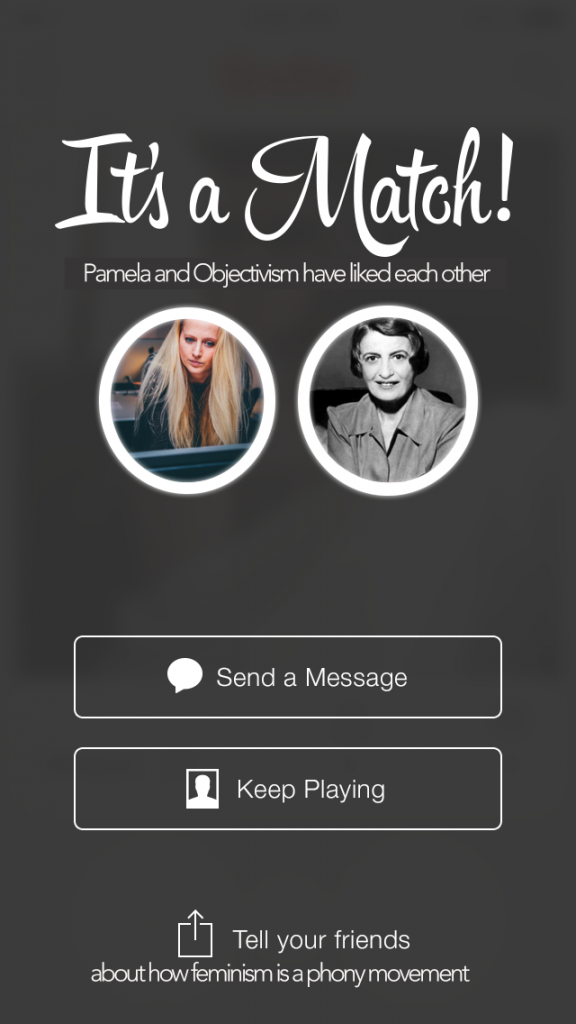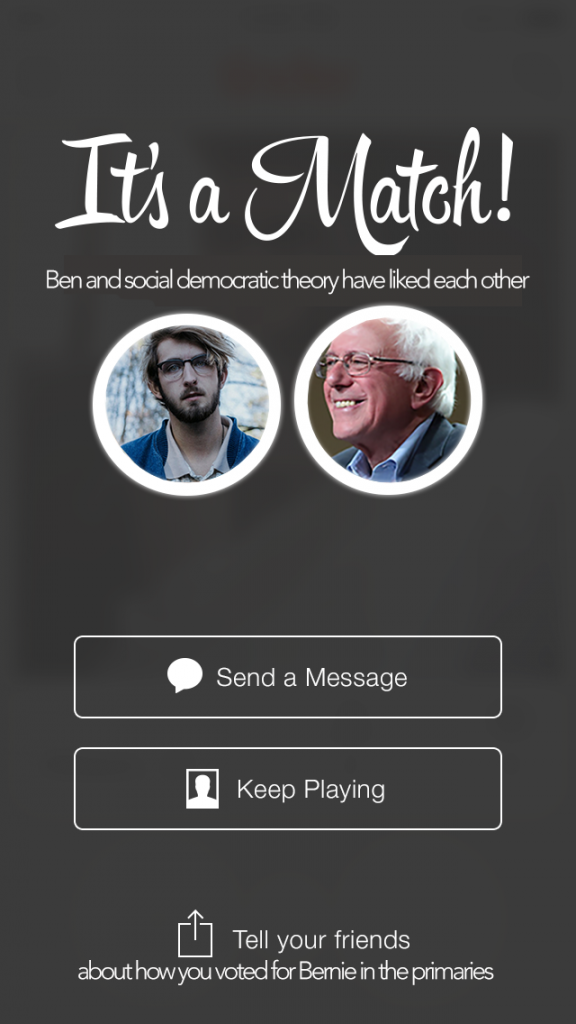A meme was the best source to visually hijack for me. In Daniel Dennett’s Memes and the Exploitation of Imagination, he writes that “in a struggle for attention, the best ideas win, according to the principle of the survival of the fittest, which ruthlessly winnows out the banal, the unimaginative, the false”. The best ideas are the most creative, pretty, and dynamic. The best ideas are also visually appealing. The best ideas are memes (sometimes). A meme is a cultural unit – or ideas that leap from brain to brain. And only the most visually enticing ones last as memorable units. I personally agree with another statement made by Dennett: “I don’t know about you, but I am not initially attracted by the idea of my brain as a sort of dung-heap in which the larvae of other people’s ideas renew themselves, before sending out copies of themselves in an informational Diaspora.”. The information in our brains is not really our own but what is adapted from units in other people’s brains. We collect the best ideas from the brains around us. Then we replicate them to sustain ideas. My visual hijack shows how we are influenced by ideologies. I used a meme as my medium in order to replicate my own message.
I began a campaign using one that already existed: “It’s a Match” from Tinder. There are various humorous ones like the relatable girl matching with food. My first prototype had Che Guevara with a white woman. My idea was to show that Che’s revolutionary views are idealized by young people today. The romanticization is represented by the millennial branding of Tinder. The use of the image of the white woman seemed wrong, though. After critique from our Cultural Hijack class, I figured maybe this woman wouldn’t be someone to romanticize Che. Maybe this woman would idealize someone like Ayn Rand. A Che-match would be more of someone like a Ben or a Satya. Someone a little hyper-masculine yet progressive. I decided to use Bernie Sanders in a variation of the original prototype. However, after some critique, I didn’t want to alienate and antagonize the left. I found images of Ayn Rand and Peter Thiel for more variations of the original prototype. In total there are 4 variations, but I had hoped to create more – one with Nietzsche and another with Milton Friedman.
My overall goal with the images was to critique the romanticization of ideologies. It is easy for people, including myself, to idealize figures and ideas. Antonio Gramsci suggests that “Each man, finally, outside his professional activity, carries on some form of intellectual activity, that is, he is a ‘philosopher,’ an artist, a man of taste, he participates in a particular conception of the world, has a conscious line of moral conduct, and therefore contributes to sustain a conception of the world or to modify it, that is, to bring into being new modes of thought.”. Everyone can think critically about the world in whatever way they want to. But everyone is also influenced, to some extent, by organized ideas. Ideas can always be recycled, reevaluated, and replicated. Gramsci states that each person is a philosopher participating in a particular conception of the world. But what are we ultimately influenced by? Who is influencing our views?
After creating the final drafts, I bought adhesive paper and printed them out as stickers. I handed a few to all of my friends and put some up in various places on campus. Sadly, one of the stickers I’d placed in Heimbold was taken down prior to a campus event in the space. Aa few of my stickers popped up on social media (like Snapchat) and some friends even said they’d seen them around. Overall as a hijack, I think it was a success because it had people laughing. The Bernie sticker seemed to be the most popular. My image didn’t hijack the original image (the It’s a Match meme) but it did use it as a medium for self-critique.






